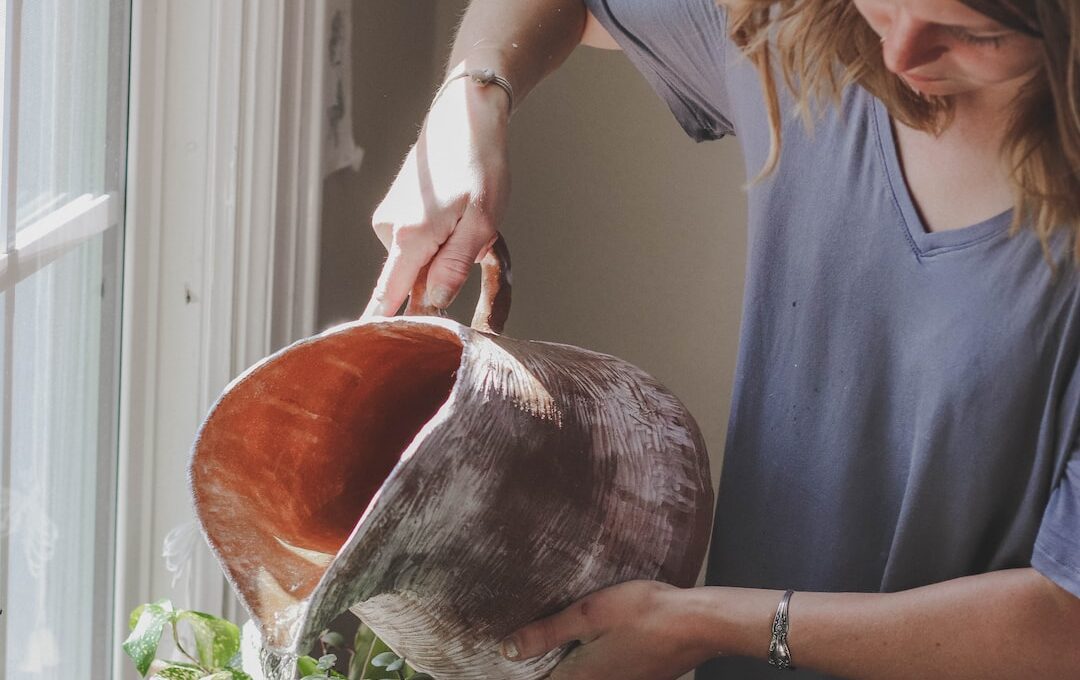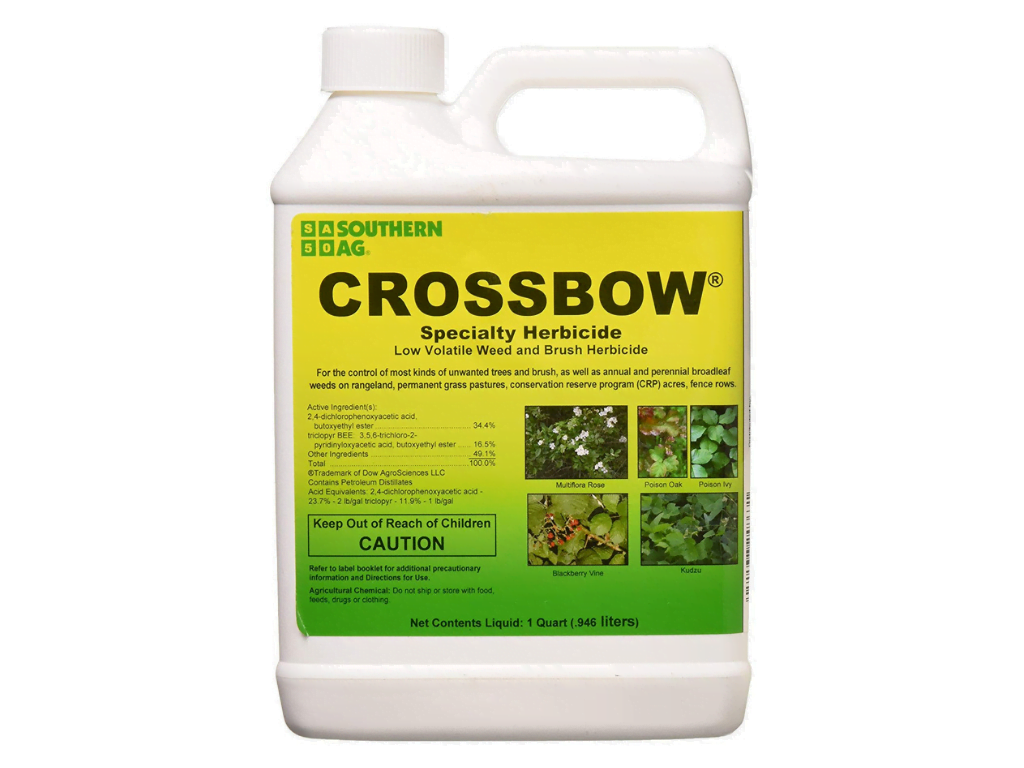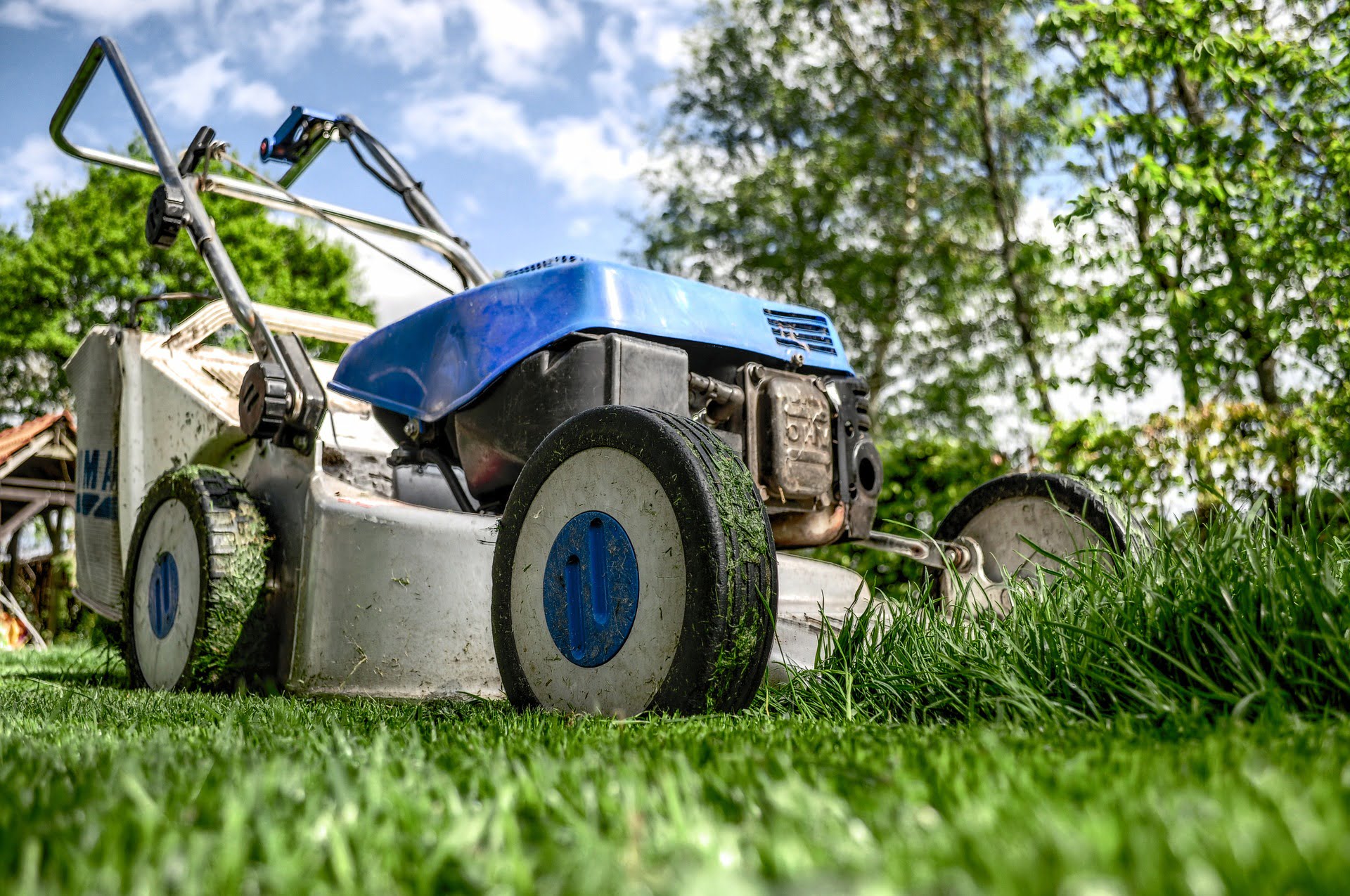Are you a proud owner of a cat palm? If so, you may be wondering about the best watering practices to keep your plant healthy and thriving. Knowing how often to water your cat palm is essential for its overall well-being. Overwatering or underwatering can lead to serious issues and even pose a threat to your furry friends.
In this article, we will guide you through the proper watering techniques and the ideal watering frequency for cat palms. We will also discuss the signs of overwatering and underwatering to help you identify any potential problems. By following our tips and recommendations, you can ensure that your cat palm stays hydrated and flourishes in a safe environment.
Let’s dive in and explore the world of cat palm care together!
Quick Summary
- Cat palms prefer consistently moist soil but not sitting in standing water
- Adjust watering frequency based on home environment and monitor the plant
- Environmental conditions like temperature and humidity impact watering needs
- Adjust watering schedule based on season to ensure proper water intake for cat palm
Understanding the Watering Needs of Cat Palms
To properly care for your cat palm, it’s important for you to understand its watering needs. Creating a proper watering schedule is crucial to ensure the health and vitality of your plant.
Cat palms prefer to have consistently moist soil, but they don’t like to sit in standing water. Overwatering can lead to root rot and other issues, so it’s important to find the right balance.
A general rule of thumb is to water your cat palm when the top inch of soil feels dry to the touch. However, every home environment is different, so it’s important to monitor your plant and adjust the watering schedule accordingly.
During the warmer months or if your cat palm is in a location with high light levels, you may need to water more frequently to keep the soil moist.
When watering, make sure to water thoroughly, allowing the excess water to drain out from the bottom of the pot. This helps prevent water from pooling at the roots and causing damage. Avoid using water that’s been treated with chemicals, such as tap water, as cat palms are sensitive to these additives.
By understanding the watering needs of your cat palm and providing it with the right amount of water at the right time, you can ensure that your plant thrives and remains healthy for years to come.
Factors to Consider When Watering Cat Palms
When watering cat palms, take into account various factors such as the plant’s natural habitat and environmental conditions. These factors play a crucial role in determining the watering schedule and maintaining appropriate moisture levels for your cat palm.
First and foremost, it’s essential to understand that cat palms are native to tropical rainforests, where they thrive in high humidity and ample rainfall. Therefore, replicating these conditions as closely as possible is key to keeping your cat palm healthy.
To establish a watering schedule, consider the moisture levels in the soil. Cat palms prefer slightly moist soil, but they don’t tolerate waterlogged conditions. Overwatering can lead to root rot and other fungal diseases. On the other hand, underwatering can cause the plant to dry out and suffer. So, it’s crucial to strike a balance.
Check the moisture levels by sticking your finger about an inch into the soil. If it feels dry, it’s time to water. However, if it feels moist, wait a day or two before watering again.
In addition to moisture levels, environmental conditions also impact the watering needs of cat palms. Factors such as temperature, humidity, and air circulation can influence how quickly the soil dries out. During hot and dry weather, cat palms may require more frequent watering, while in cooler and more humid conditions, they may need less water.
By considering these factors and maintaining a proper watering schedule, you can ensure that your cat palm thrives and remains healthy in its indoor or outdoor environment.
Signs of Overwatering and Underwatering
If you’re wondering whether you’re watering your cat palm too much or too little, there are a couple of signs to look out for. One indication of overwatering is yellowing or drooping leaves, which can be a sign of root suffocation due to excess moisture.
On the other hand, underwatering can lead to root rot or fungus growth, resulting in wilted or brown leaves. So, keep an eye out for these signs to ensure your cat palm is getting the right amount of water.
Yellowing or drooping leaves
Watering the cat palm regularly will keep its leaves vibrant and prevent them from drooping or turning yellow. To ensure the health of your cat palm, follow these guidelines:
-
Consistency: Water your cat palm regularly, but don’t overwater. The frequency will depend on factors like humidity, temperature, and soil type. As a general rule, check the moisture level of the soil before watering.
-
Drainage: Make sure the pot has proper drainage holes to prevent water from accumulating at the roots. Excess moisture can cause root rot and yellowing of leaves.
-
Observation: Keep an eye on the leaves. If they start to droop, it may mean overwatering. On the other hand, yellowing leaves may indicate underwatering. Adjust your watering routine accordingly.
-
Adjustments: Consider factors like season, temperature changes, and indoor or outdoor placement when determining the watering schedule. Adapt as needed to maintain the health and vibrancy of your cat palm’s leaves.
Root rot or fungus growth
To prevent root rot or fungus growth, ensure proper drainage in the pot for your cat palm. This is crucial for the health of your plant as these conditions can lead to wilting, yellowing, and even death of the plant. Here is a table to help you understand how to prevent root rot and fungus growth:
| Preventing Root Rot | Preventing Fungus Growth |
|---|---|
| Use well-draining soil | Avoid overwatering |
| Allow the soil to dry out between watering | Remove any dead or decaying leaves |
| Provide adequate air circulation around the plant | Avoid overcrowding the plant |
| Ensure the pot has drainage holes | Use a fungicide if necessary |
Following these guidelines will help maintain a healthy cat palm and prevent any issues with root rot or fungus growth. Remember, proper care and attention are essential for the well-being of your plant.
Ideal Watering Frequency for Cat Palms
Cat palms thrive when given regular waterings. To ensure the health and well-being of your cat palm, it’s important to establish a proper watering schedule. Here are some key points to keep in mind when determining the ideal watering frequency for your cat palm:
-
Consistency: Cat palms prefer consistent moisture levels in their soil. It’s important to avoid overwatering or allowing the soil to completely dry out. Aim to water your cat palm regularly, but be mindful not to overdo it.
-
Watering methods: When watering your cat palm, it’s best to use a gentle and slow method to allow the water to penetrate deep into the soil. Avoid using heavy streams of water that can wash away the soil or damage the delicate roots.
-
Soil conditions: Check the moisture levels of the soil before watering. Stick your finger about an inch into the soil, and if it feels dry, it’s time to water. If the soil feels moist, it’s best to wait a bit longer before watering again.
By following a proper watering schedule and using gentle watering methods, you can help prevent root rot or fungus growth and ensure the health and vitality of your cat palm. Remember, consistency is key when it comes to watering your cat palm and providing the optimal growing conditions for this beautiful plant.
Proper Watering Techniques for Cat Palms
When caring for your cat palm, it’s important to remember the gentle and slow method of watering to ensure the water penetrates deep into the soil, allowing the delicate roots to soak up the moisture they need for growth and vitality. Proper watering techniques are essential for the health and well-being of your cat palm.
The first step is to check the moisture level of the soil before watering. Stick your finger about an inch deep into the soil. If it feels dry, it’s time to water.
To properly water your cat palm, use a watering can or a hose with a gentle spray attachment. Slowly pour water at the base of the plant, allowing it to soak into the soil. Avoid watering the leaves as this can lead to fungal diseases.
One of the most common mistakes when watering cat palms is overwatering. Make sure to allow the soil to dry out slightly between waterings to prevent root rot. Another mistake is using hard water, which can cause mineral buildup in the soil. If possible, use filtered or distilled water.
By following these proper watering techniques and avoiding common mistakes, you can ensure the health and longevity of your cat palm. Remember, slow and gentle watering is the key to keeping your cat palm thriving.
Adjusting Watering Frequency Based on Season
During different seasons, it’s crucial to adjust how frequently you water your beloved cat palm to ensure its survival and vibrant growth. Adjusting the watering schedule according to the season will help maintain the health and well-being of your cat palm.
Here are some guidelines to help you make the necessary seasonal watering adjustments:
-
Spring: As the weather warms up, increase the frequency of watering to keep the soil consistently moist. However, be cautious not to overwater, as this can lead to root rot.
-
Summer: With the intense heat and higher evaporation rates in summer, your cat palm will require more water. Water your palm deeply but less frequently to encourage deep root growth and prevent surface drying.
-
Fall: As temperatures start to cool down, gradually reduce the watering frequency. Allow the soil to dry out slightly between waterings to prevent root rot and promote a healthy root system.
-
Winter: During the colder months, reduce the watering frequency even further. Allow the soil to dry out completely between waterings, as cat palms are more susceptible to root rot in cold, soggy conditions.
By adjusting the watering schedule of your cat palm based on the season, you can ensure that it receives the right amount of water to thrive. Remember to always monitor the moisture levels in the soil and adjust accordingly to promote a safe and healthy environment for your cat palm.
Additional Tips for Healthy Cat Palm Care
To ensure optimal health for your cat palm, it’s important to follow these additional tips for care. First, let’s talk about fertilization. Cat palms benefit from additional fertilization every 2-3 months during the growing season (spring and summer). Use a balanced liquid fertilizer and dilute it to half strength to avoid over-fertilizing. Be sure to water the plant before applying the fertilizer to prevent root burn.
When it comes to the placement of your cat palm, it’s best to keep it in a well-lit area with indirect sunlight. Avoid placing it in direct sunlight as it can lead to scorching of the leaves. Additionally, cat palms prefer a humid environment, so consider placing a tray of water near the plant to increase humidity levels.
Here’s a handy table to summarize the additional tips for healthy cat palm care:
| Additional Fertilization Tips | Best Placement for Cat Palms |
|---|---|
| Fertilize every 2-3 months | Well-lit area with indirect sunlight |
| Use balanced liquid fertilizer | Avoid direct sunlight |
| Dilute fertilizer to half strength | Increase humidity levels |
By following these tips, you can ensure your cat palm thrives and remains a beautiful addition to your home.
Troubleshooting Common Watering Issues with Cat Palms
Ensure your cat palm stays healthy and vibrant by troubleshooting common watering issues. Here are some common watering mistakes to avoid and tips on how to revive a dehydrated cat palm:
-
Overwatering: One of the most common mistakes is overwatering. Remember, cat palms prefer slightly moist soil, not soggy conditions. Make sure the top inch of soil is dry before watering again.
-
Underwatering: On the other hand, underwatering can also harm your cat palm. If the leaves are turning brown and dry, it may be dehydrated. Give it a thorough watering, ensuring the water reaches the roots.
-
Incorrect watering frequency: Cat palms thrive in well-draining soil, so it’s important not to water them too often. Aim for watering every 7-10 days, adjusting based on the humidity and temperature of your environment.
-
Water quality: Avoid using tap water that contains chlorine or fluoride. These chemicals can damage the plant over time. Instead, use filtered or distilled water to keep your cat palm healthy.
If you notice your cat palm looking wilted and dehydrated, try reviving it by giving it a deep watering and misting the leaves. Place the plant in a shaded area to help it recover. With proper care and attention to watering, your cat palm will thrive and bring beauty to your home.
Frequently Asked Questions
How do I know if my cat palm is getting enough water?
If your cat palm is getting enough water, you’ll notice healthy, green leaves and the soil will be moist but not soggy. Signs of overwatering include yellowing leaves and root rot. To properly drain excess water, ensure the pot has drainage holes and use a well-draining soil mix.
Can I use tap water to water my cat palm?
You can use tap water to water your cat palm, but filtered water is better for its health. Tap water may contain chemicals that can potentially harm the plant over time.
Can I mist my cat palm to increase humidity?
Yes, misting your cat palm can be beneficial to increase humidity levels. It helps create an ideal environment for the plant. However, make sure not to overdo it, as excessive moisture can lead to fungal growth.
How often should I fertilize my cat palm?
To keep your cat palm healthy, fertilize it every 2-3 months using a balanced houseplant fertilizer. Prune it when necessary, removing any dead or yellow leaves. Use well-draining soil to avoid overwatering.
Can I use a self-watering pot for my cat palm?
Yes, you can use a self-watering pot for your cat palm. It provides benefits like consistent moisture, reducing the risk of over or underwatering. Alternatively, you can use a regular pot with a tray for water regulation.
Conclusion
In conclusion, taking proper care of your cat palm includes understanding its watering needs. By considering factors such as the environment, signs of overwatering and underwatering, and adjusting watering frequency based on the season, you can ensure the health and vitality of your plant.
Remember to use proper watering techniques and troubleshoot any common watering issues that may arise. With these tips, your cat palm will thrive and bring beauty to your home or garden. Happy watering!









